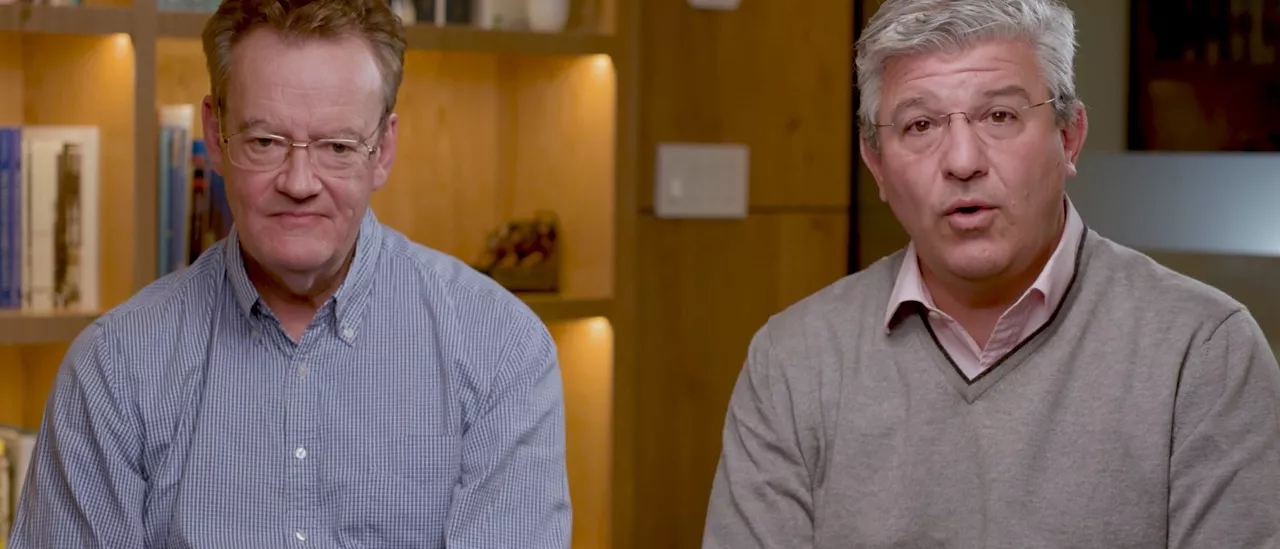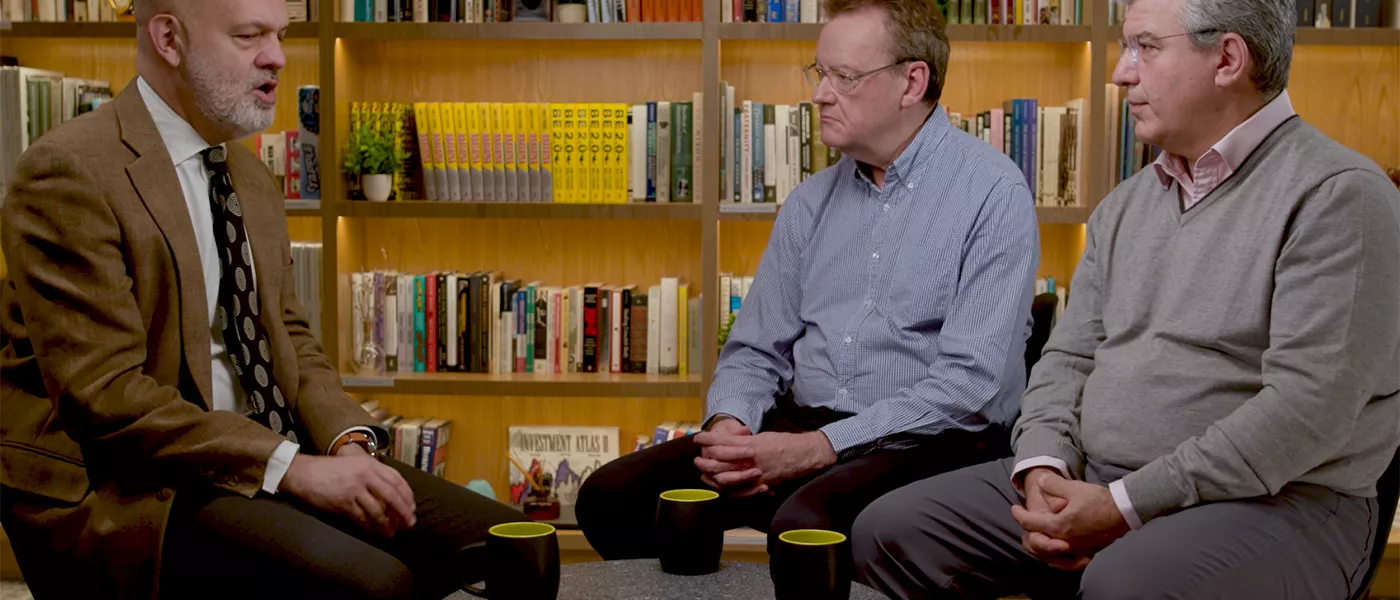Kavita Chacko
Research Head, India World Gold CouncilIndia gold market update: Rally and demand realignment

Another exceptional month for the gold price and trade tensions with the US led to continued boom in retail investment. Meanwhile, China’s official gold holdings rose five months in a row. And wholesale demand also picked up seasonally, resulting in an improving local gold premium.
Demand for gold from central bankers continues, with data available for February showing reported global central bank gold reserves rising by 24t. Thus far, Poland, China, Turkey, and the Czech Republic have led gold demand from emerging market central banks.
In this episode, hosts John Reade and Joe Cavatoni from the World Gold Council interview Sakhila Mirza, Deputy Chief Executive and General Counsel at the London Bullion Market Association (LBMA) to learn more about the LBMA’s role in the global gold and precious metals industry.
China’s official gold holdings rose four months in a row, adding another 5t in February. And Chinese gold investors bought gold ETFs at a record pace in the month, pushing both AUM and holdings to unseen levels. However, gold jewellery demand weakness, amid seasonality and the rising gold price, weighed on total wholesale gold demand in the month.
When considering the factors driving up gold miners’ All-in sustaining costs (AISC), Q3’24 was a busy period. AISC rose to US$1,456/oz (up 4% q/q and 9% y/y), the highest point in our data series back to Q1’10.
Central banks continued their strong interest for gold in January with reported net purchases of 18t. The sustained buying highlights the strategic importance of gold in official reserves, particularly as central banks navigate heightened geopolitical risks.
With our latest Gold Demand Trends report citing that total annual gold investment grew 25% in 2024, many investors are exploring what gold ownership entails and whether their investment should be actively or passively managed.


